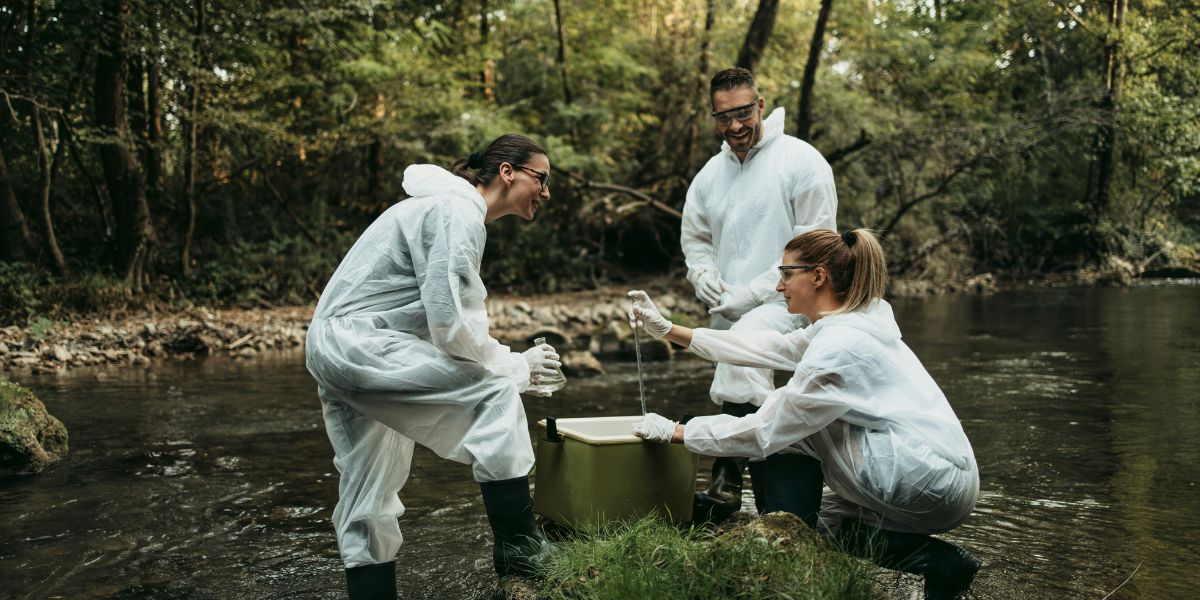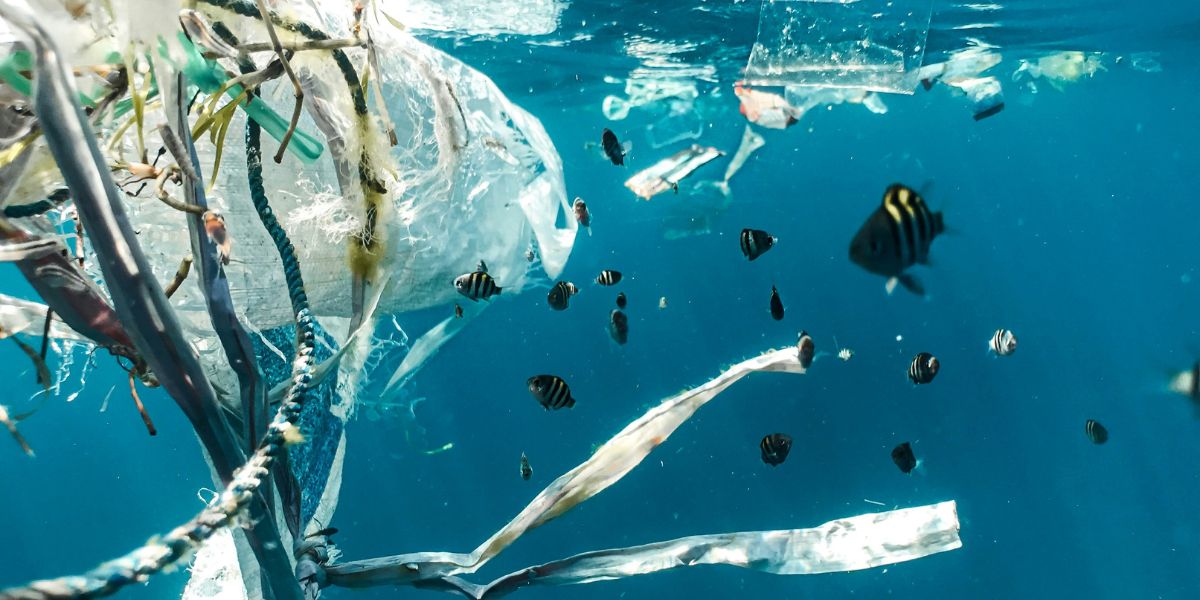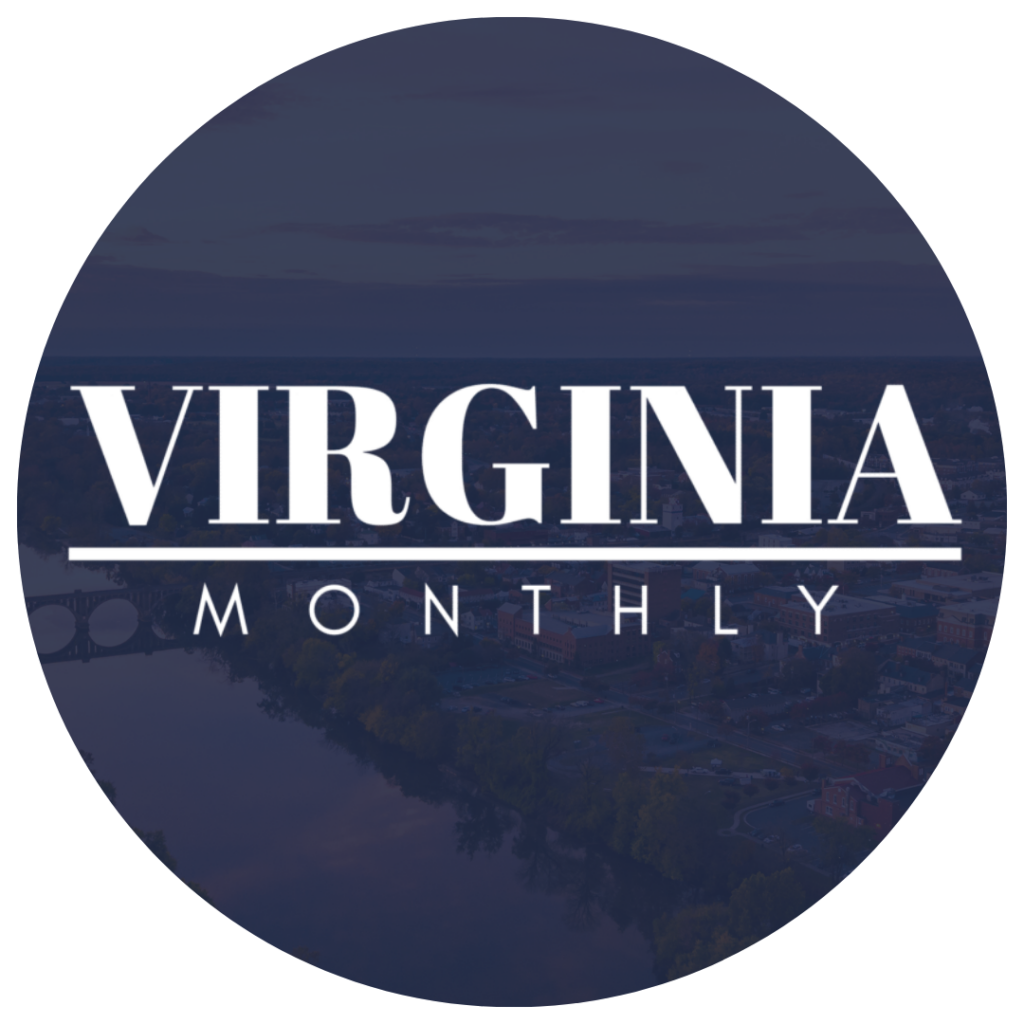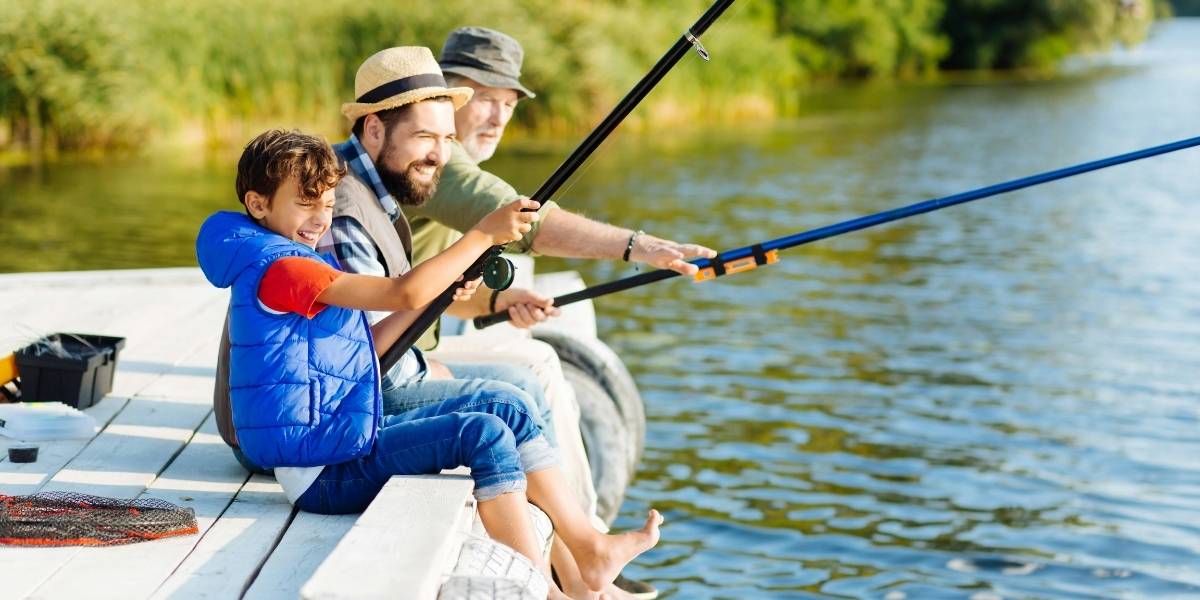Water pollution is a significant challenge in Virginia, but the state is actively working toward solutions. Through a variety of funding programs and initiatives, Virginia has committed to improving water quality, reducing pollution, and preserving its natural resources. These efforts not only benefit the environment but also support the health and well-being of the community. Let’s explore how Virginia is funding water pollution solutions and the programs driving this progress.
Read also: Virginia’s Water Treatment Challenges
What Are Virginia’s Key Funding Programs for Water Pollution?
Virginia uses a combination of state-managed funds, federal support, and innovative local programs to tackle water pollution. These programs help local governments, businesses, and individuals implement projects that clean up waterways, manage stormwater, and reduce nutrient runoff. Below are some of the major funding programs that contribute to the state’s efforts to improve water quality.
Virginia Clean Water Revolving Loan Fund (VCWRLF)
The Virginia Clean Water Revolving Loan Fund is a critical tool in addressing water pollution. This program offers low-interest loans to local governments for various water quality improvement projects. These projects can include wastewater treatment upgrades, stormwater management initiatives, and efforts to control nonpoint source pollution, which comes from runoff rather than a single point of discharge.
Since its launch in 1987, the VCWRLF has provided over $4 billion in funding for water quality improvements across the state. Local governments that are in financial need can access additional rate subsidies, with interest rates as low as 0.50%. This is especially important for communities facing economic hardships, as it allows them to invest in necessary infrastructure without bearing excessive costs.
Stormwater Local Assistance Fund (SLAF)
Stormwater runoff is one of the primary causes of water pollution in Virginia. The Stormwater Local Assistance Fund (SLAF) addresses this issue by providing matching grants to localities to implement effective stormwater control measures. These measures include projects like constructed wetlands, permeable pavements, and detention basins, which capture and treat stormwater before it reaches rivers and streams.
Since its inception in 2014, SLAF has funded 175 projects in 49 localities, leading to the removal of over 14,000 pounds of phosphorus from Virginia’s waterways annually. These efforts have significantly improved the quality of water in regions that were previously heavily affected by stormwater pollution.

Photo Credit: Unsplash.com
Water Quality Improvement Fund (WQIF)
The Water Quality Improvement Fund (WQIF) is another important initiative in Virginia’s fight against water pollution. Established under the Virginia Water Quality Improvement Act of 1997, WQIF provides grants to local governments and private entities for projects aimed at reducing nutrient pollution in the Chesapeake Bay watershed. Nutrient pollution, primarily from nitrogen and phosphorus, can lead to harmful algal blooms, which degrade water quality and harm aquatic life.
Eligible projects for WQIF funding include nutrient reduction technologies at wastewater treatment plants and infrastructure improvements related to wastewater conveyance. This program plays a vital role in helping Virginia meet its water quality goals for the Chesapeake Bay, one of the most ecologically significant water bodies in the country.
Pay-For-Outcomes Nonpoint Source Pollution Reduction Grants
Virginia is also using a results-based approach to tackle nonpoint source pollution through its Pay-For-Outcomes Nonpoint Source Pollution Reduction Grants. These grants fund innovative projects that target pollution from diffuse sources, such as agricultural runoff or residential areas.
In 2025, Virginia awarded grants for nine projects aimed at reducing nonpoint source pollution in the Chesapeake Bay. These projects are expected to remove about 580,000 pounds of nitrogen from the Bay. What makes these grants unique is that the funding is tied to actual pollution reductions, ensuring that taxpayers only pay for measurable environmental improvements.
Virginia Conservation Assistance Program (VCAP)
The Virginia Conservation Assistance Program (VCAP) focuses on providing financial incentives and technical support to property owners who want to reduce water pollution on their land. This program is particularly aimed at urban and suburban areas, where stormwater runoff can be a significant issue due to impervious surfaces like roads and buildings.
Through VCAP, homeowners and businesses can receive funding to install Best Management Practices (BMPs) that address issues such as erosion, drainage problems, and poor vegetation. These BMPs might include rain gardens, vegetated swales, or rainwater harvesting systems. By helping individuals and communities manage water runoff more effectively, VCAP plays an important role in improving water quality throughout Virginia.
Federal Support for Virginia’s Water Pollution Solutions
In addition to state-run programs, Virginia also benefits from federal funding provided by the U.S. Department of Agriculture (USDA) and the Environmental Protection Agency (EPA). These federal agencies offer various programs designed to support water pollution control efforts, particularly in rural areas where resources may be more limited.
The USDA’s Water & Waste Disposal Loan & Grant Program provides funding for the construction and maintenance of drinking water systems, sewage treatment plants, and stormwater drainage systems in eligible rural communities. Similarly, the EPA’s Emergency Community Water Assistance Grants help communities prepare for and recover from emergencies that threaten the availability of safe, reliable drinking water.
Together, these federal programs complement the state’s efforts by ensuring that all regions, including those in rural or underserved areas, have access to the financial resources needed to improve water quality.
Read also: Water Supply Issues Abound in Virginia
How Are These Programs Impacting Water Quality in Virginia?

Photo Credit: Unsplash.com
The combined effect of these funding programs is clear. Localities across Virginia are implementing innovative projects that reduce water pollution, restore wetlands, and enhance the overall health of Virginia’s rivers, streams, and the Chesapeake Bay. In fact, many of these programs have helped Virginia make significant progress toward its water quality goals.
For example, the SLAF has directly contributed to the removal of thousands of pounds of phosphorus, which is a key nutrient driving harmful algae blooms. Similarly, projects funded through the VCWRLF and WQIF are helping municipalities upgrade outdated wastewater infrastructure, leading to cleaner water and reduced nutrient runoff.
Moreover, programs like VCAP encourage individuals and businesses to take responsibility for water pollution on their property, fostering a culture of conservation and environmental stewardship throughout the state. These community-driven initiatives can lead to long-term, sustainable improvements in water quality.
What’s Next for Virginia’s Water Pollution Solutions?
While Virginia has made significant strides in tackling water pollution, there is always more to be done. The state continues to invest in innovative technologies and partnerships that will further enhance its water quality efforts. By maintaining a focus on sustainable solutions, Virginia is setting an example for other states looking to address water pollution through funding, education, and community engagement.








